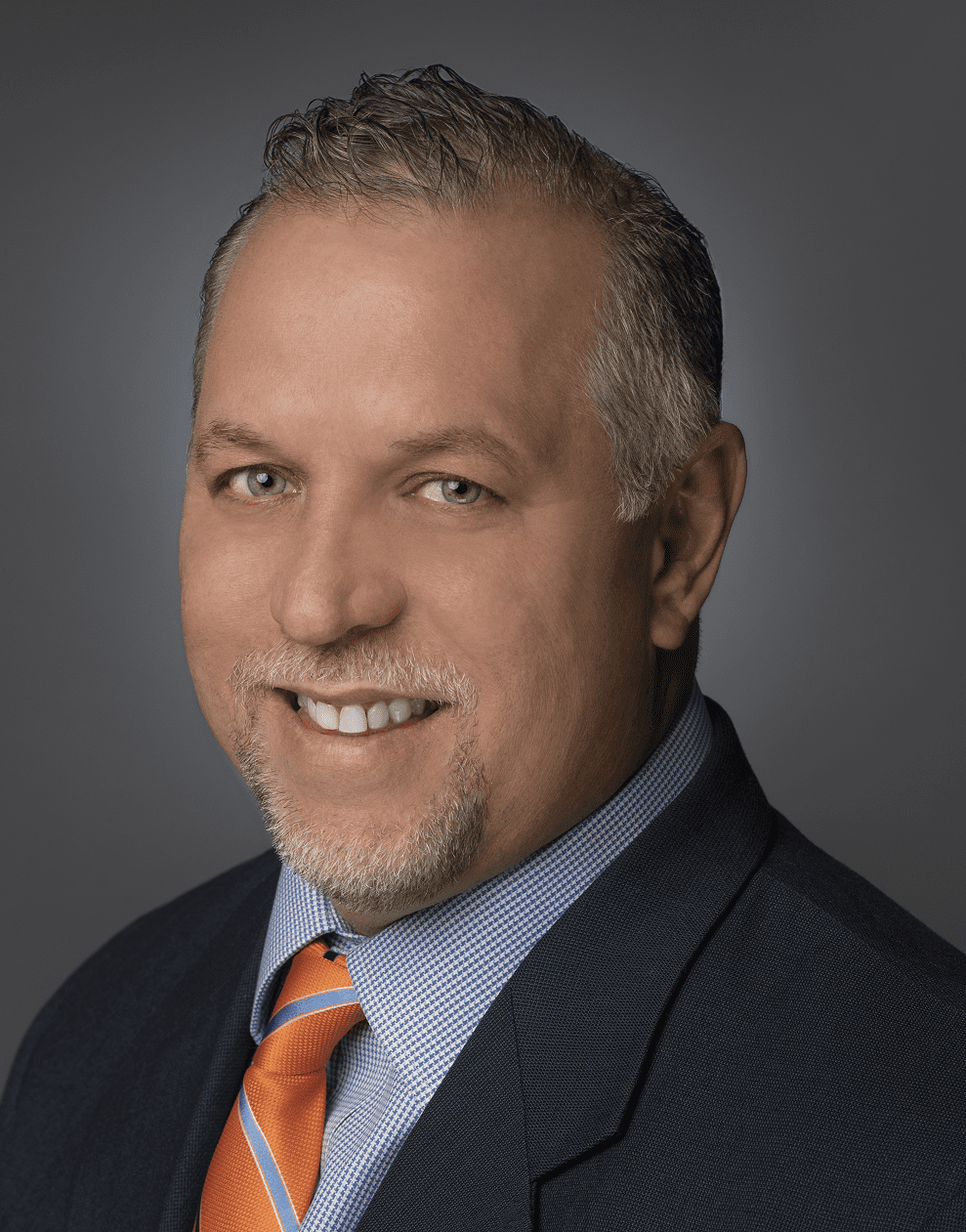
Current State of the Benefits Industry
What PA businesses can expect for the remainder of ‘24

Jerry Calistri | President & CEO
While keeping benefits affordable for employees, employers continue to face the difficult task of finding effective ways to address rising healthcare costs. This has been the unfortunate trend for many employers for the past 5 years. The challenge becomes even more critical amid inflation pressures. According to certain industry reports, employers were expected to see 2024 renewal increases average anywhere from 6% to 8.5%, which is the largest increase in a decade. Keep in mind, this is an average and there will be employers who will see 30+% increases while others see rate holds. With these increases, Group Employee Benefits will continue to be one of the largest expenses.
For years, employers embraced strategies to offset these increases by raising deductibles and copays, ER copay, modifying RX options, changing carriers and/or increasing employee contributions. These strategies provide some short-term solutions, but now limit the type of savings that employers are looking to obtain while delivering benefits employees can afford. Employers have to be much more savvy, looking for more advanced practices to successfully negotiate their next renewal, as well as thwart off increases that minimize the bottom line. In addition, healthcare increases and inflation present challenges to the Millennial workforce. Their needs, in most cases, differ from GEN-X. This is especially true regarding health insurance benefits, which yes, is of great importance to Millennials. To attract and retain a quality workforce, employers need to find a balance between supporting their needs and those of their GEN-X employees. Those who find that balance will ultimately be ahead of their competition.
So, what can employers do if renewals are not in line with their goals and objectives, struggling to offer pay increases to offset inflation and balance the needs of a multi-generational workforce?
Let’s start with the health insurance;
Get your renewal as soon as possible. Based on the size of your group or funding option, data may be limited. However, collaborate with your agent to gather as much information as possible. Do not be afraid to shop for other carriers, as each takes a different approach to your specific situation. Get a benchmarking report completed that shows what other businesses pay for benefits, coverage options, and employee contributions. There are literally thousands of combinations that you can offer, each with its own advantages and disadvantages. By understanding this information, you can begin to develop a strategy for the future. Personally, I would like to know the floor & the ceiling with regards to the best plan/price vs. the lowest plan/price. This helps with employee discussions and Open Enrollment meetings. Ask your agent or carrier representative what new services they have included with the offerings. These are often overlooked and can provide substantial savings for your employees and families during the contract year. Changes continue with RX programs, mental health benefits, cancer treatments, and health care delivery programs. One final note that should be part of your overall strategy is to meet regularly with your agent: review reports, carrier data, strategy, and changes taking place with regards to expansions or reductions in the workforce. These meetings will inevitably make your renewal much easier to manage.
Balancing the needs of a multi-generational workforce:
Let’s face it, this is nothing new, right? Well, yes and no. Millennials were the first to be covered under their parent’s plan to age 26. Technology, social media, and influencers have impacted how they view employee benefits and health insurance. Most younger employees see the cost of insurance as something that they most likely will not use and would prefer to spend less of the payroll deduction on medical and take advantage of other benefits offered by their employer. One initiative that employers can do is to survey the workforce. Sounds simple and is! Getting feedback also helps with buy-in from the workforce when new plans are evaluated.
Attracting and retaining millennial talent requires employers to adapt their cultural practices to align with the values and preferences of this generation. By embracing flexibility, diversity, professional growth, meaningful work, technology, and a supportive culture, employers can create an attractive workplace environment that resonates with millennial employees, driving recruitment and retention efforts forward in today’s competitive job market.
Jerry Calistri is President and Chief Executive Officer of the health insurance brokerage firm Swift Kennedy & Associates. He has 30 years of experience in the employee benefits industry, including working at the Pennsylvania Employees Benefit Trust Fund in Harrisburg and at Geisinger Health Plan as Regional Sales and Operations Manager for the Western Region.
Calistri is a Certified Healthcare Reform Specialist and a Certified Self-Funding Specialist who has conducted educational and consulting services for employers, local chambers, and small business development councils on healthcare reform. He is also a Senatorial Member and PAC Board Member of Health Agents for America, a member of the International Foundation of Employee Benefit Plans, and a member of the National Association of Benefits and Insurance Professionals, as well as past President of its former Mid Penn chapter.
View original article: https://www.pabusinesscentral.com/articles/current-state-of-the-benefits-industry/
Categories: Blog
